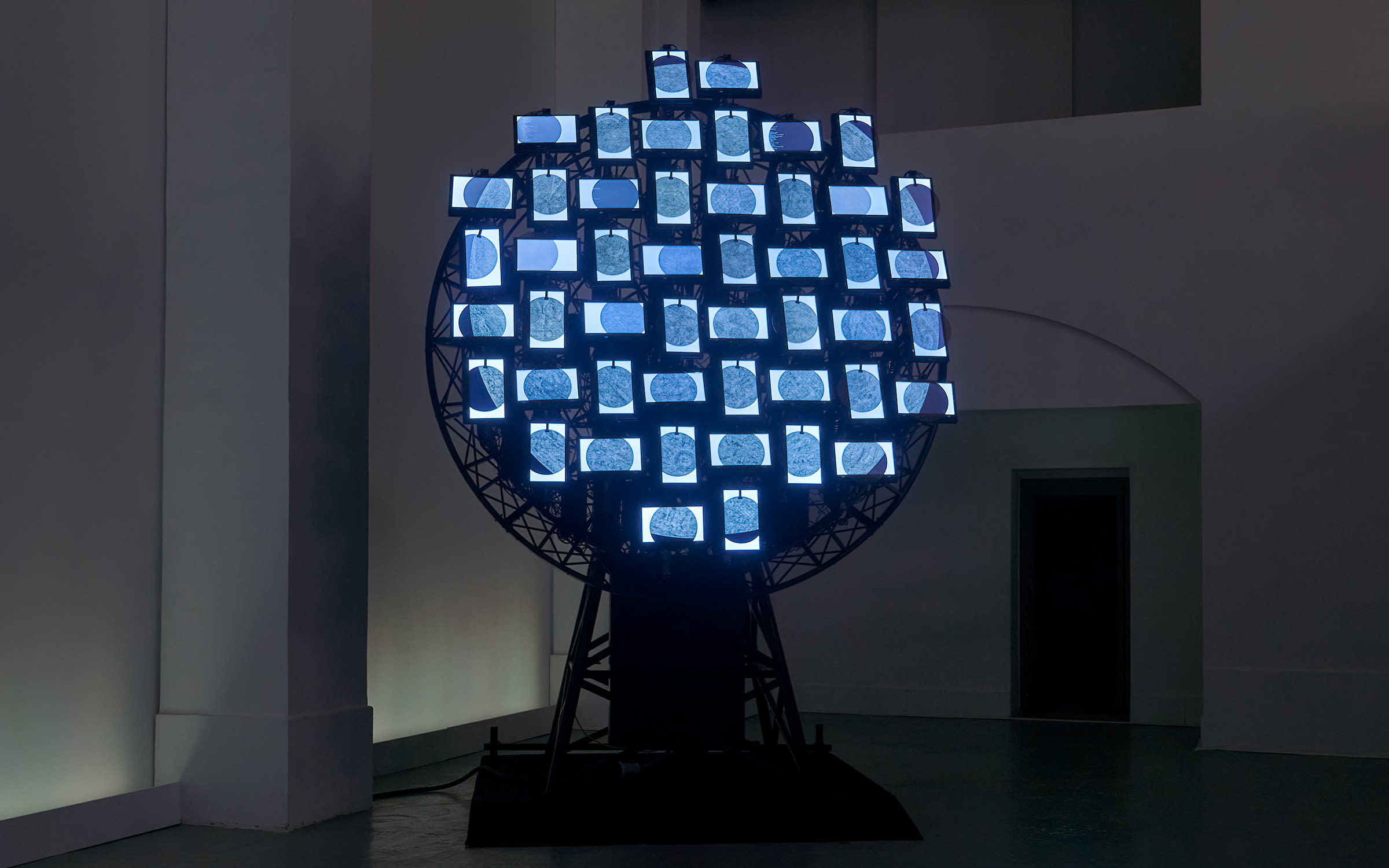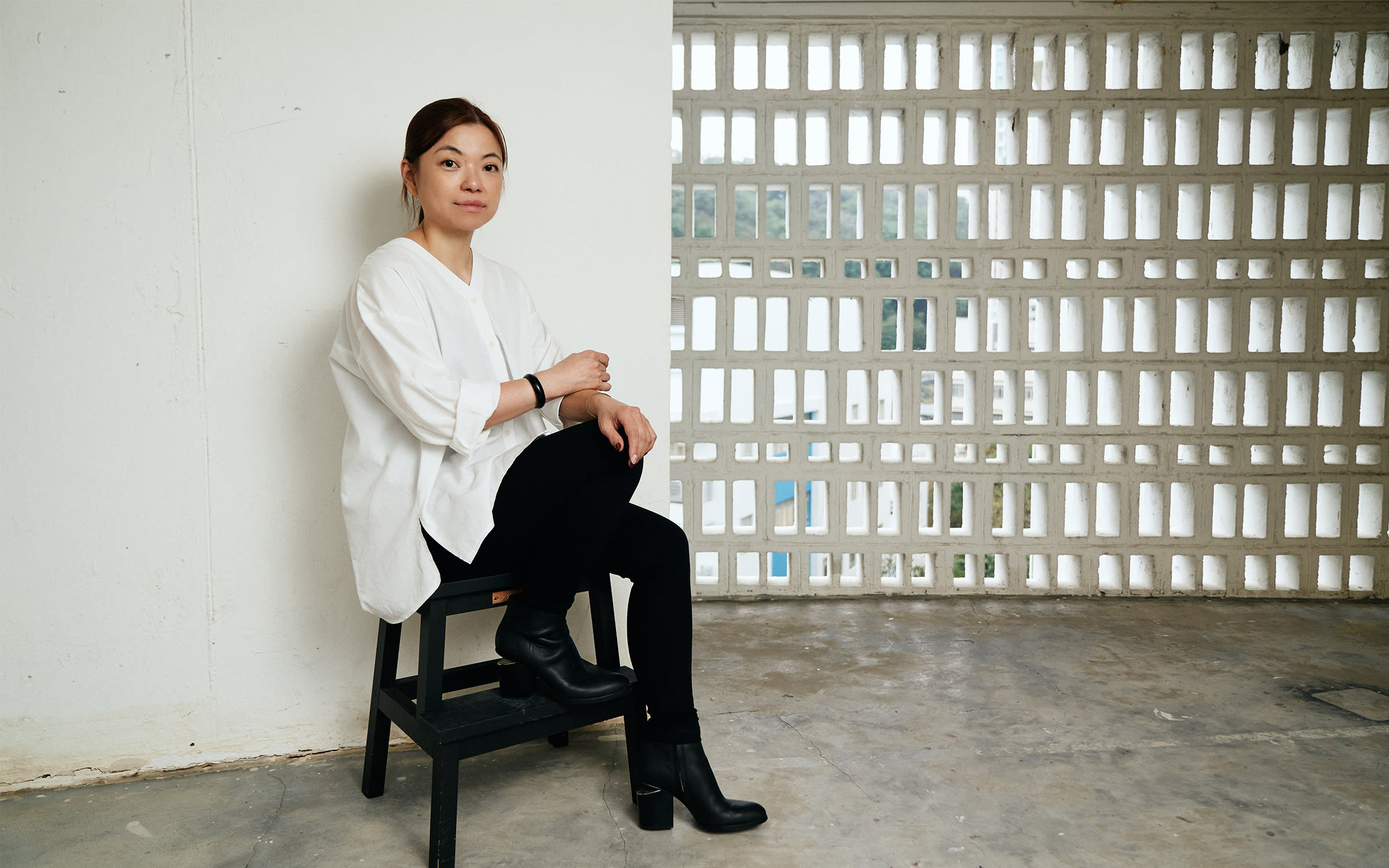Dancing in the moonlight with Phoebe Hui
The Hong Kong based artist mediates the moon via high-tech robots
Connectez-vous et inscrivez-vous pour recevoir la newsletter Art Basel Stories


The Hong Kong based artist mediates the moon via high-tech robots
Connectez-vous et inscrivez-vous pour recevoir la newsletter Art Basel Stories

